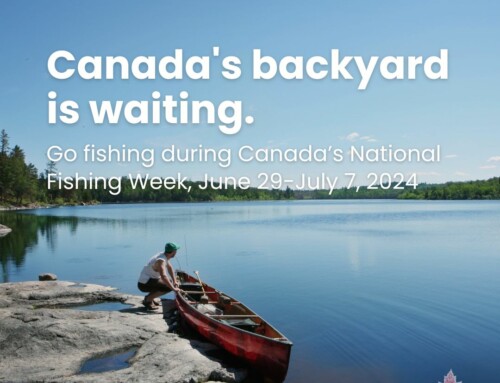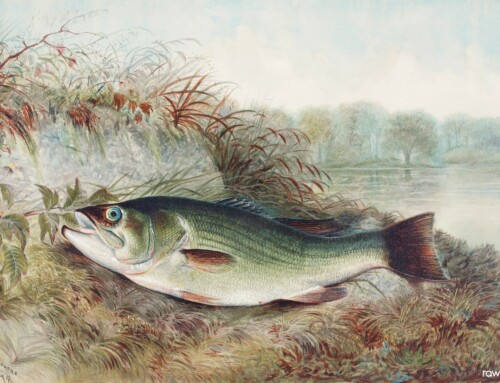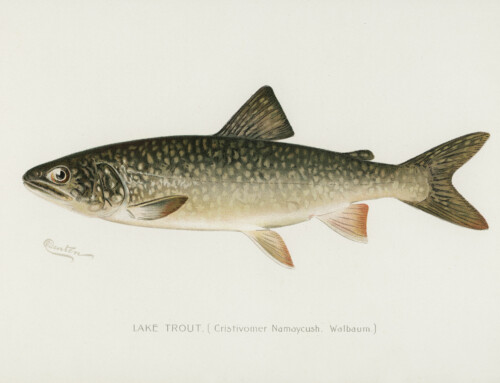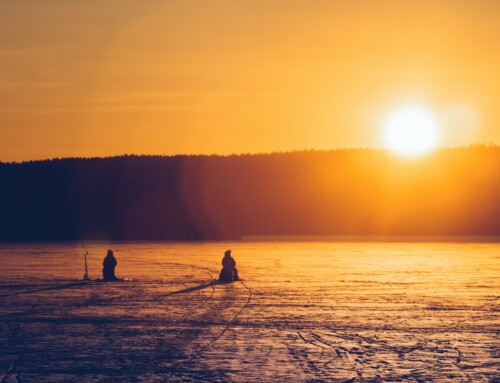Originally Published by CBC, August 8, 2015
Rivers in British Columbia are running a fever. That’s why fishing guide Kenzie Cuthbert carries a thermometer in his pocket.
Cuthbert pulls out the thermometer hanging off a long red string and drops it into the shallow waters of the Cowichan RIver. After a few minutes he pulls it out and exclaims, “Twenty-four! That’s bad, that’s getting close to lethal to fish.”
Cuthbert lives on an idyllic acreage alongside the river on Vancouver Island. He believes it’s one of the best fishing rivers in the entire world. He’s backed up by clients who fly in from Japan, Europe and the United States on a regular basis in pursuit of salmon and trout.
Cuthbert says he’s growing more worried by the day, and has never seen worse water conditions in the 27 years he’s been guiding on southern Vancouver Island. It’s all due to a record drought that’s busting temperature records and leaving stream levels at record lows.
“Mother Nature is going to decide how our September goes,” he told CBC News. “I try not to think about it so I can sleep.”
A billion-dollar business
Professional fish guiding is big business in B.C., and Cuthbert says if the rivers remain low and fishing is curtailed in the fall, it will spell real financial trouble for him and others in the industry.
“Everybody on southern Vancouver Island right now is looking at a hit, and that’s a ton of people and it’s not just us.”
Freshwater sport fishing in B.C. contributes nearly $1 billion a year to the economy, according to the Freshwater Fisheries Society of B.C. The commercial salmon fishery is worth hundreds of millions of dollars on top of that, the provincial government says.
‘When we close rivers our community suffers.’– Cowichan Chief William Seymour
The Cowichan Tribes First Nation also has big concerns. Some of Chief William Seymour’s earliest memories are of taking part in the food fishery on the river using nets and spears.
He says the annual fishery still “sustains families and puts food on the table, so when we close rivers our community suffers.”
Despite those concerns, he says the First Nation chose to close the fishery to protect vital salmon stocks. He’s hoping rain returns in time for the major runs later in the summer and into the fall.
Tim Kulchyski, the Cowichan First Nation’s biologist, walks in the lower part of the river and picks up a handful of bright green algae growing on the water. The rocks on the river bed below are covered with green slime. He says that’s an indicator of high temperatures and low oxygen levels.
Warm water, low oxygen spell trouble
He says the largest species of salmon are particularly vulnerable.
“Chinook salmon are like racehorses. They need that oxygen, so they’re a lot more sensitive to oxygen levels and temperature. They’re a big giant slab of muscle.”
In addition to chinook, pink and coho salmon, the river is also home to much-sought-after steelhead and brown trout.
There are other demands on the river. A Catalyst Paper mill siphons off a large amount of water. Nearby municipalities also draw on the river and dump in treated effluent that needs to be diluted.
Across the U.S. border, Washington and Oregon are facing an even worse situation. Hundreds of thousands of salmon have died before reaching their spawning grounds. Giant sturgeon have been found dead in the rivers, and scientists suspect warmer than usual waters are to blame.
On Vancouver Island the Cowichan River is better off than other nearby systems. That’s because water flows are controlled by a weir at its headwaters, 32-km-long Lake Cowichan.
However, the drought is so bad that the river’s flows have been reduced to the bare minimum and there are fears there won’t be enough lake water to maintain even that flow if the drought persists.
The weir holds back water in the lake, releasing it when it’s needed in the river during dry spells.
Raising the weir would capture more winter rain, raising the level of the lake. That extra storage would allow more water release in dry months. Right now lots of excess winter water just flows over the weir and down the river in the wet months when it’s not needed.
But for decades some lakefront property owners have resisted raising the weir, saying higher lake levels would have a negative impact on their properties. It would also cost millions of dollars to build.
Fish advocates say this drought shows there’s an urgent need is to protect the fishery, and they’re pushing hard to have the weir raised to keep cool, clean water flowing for both fish and humans downstream.
Photo courtesy of Chris Corday/CBC.







